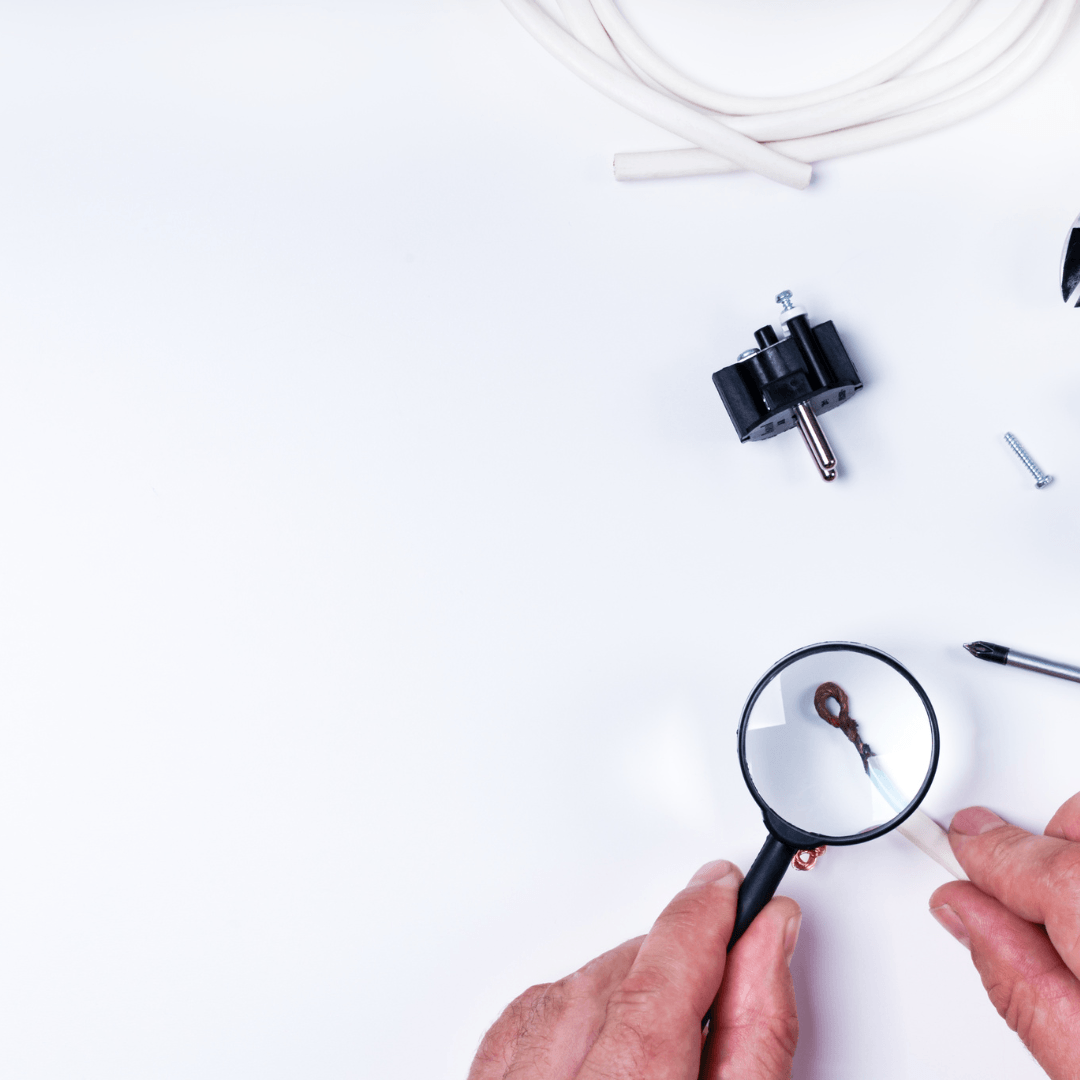
How to Choose the Right Ring Eyelet for Your Project: A Guide to Materials and Sizes
Ring eyelets are an important part of any project. These rings are inserted into holes and used to connect different materials together, and they can be especially important when it comes to electrical work and cable management. In an age where quality is more important than ever, eyelets - or rings, as they are sometimes called - can help to reinforce electrical connections and provide a proper connection.
Eyelets come in different forms when it comes to applications. Boaters use them to hold their connections tight, repairers use them to fix electrical devices, and much more. All in all, eyelets are among the most popular forms of terminals. From DIY projects to industrial applications, eyelets are applied in different forms and can easily be used for different functions
As for applications, eyelets are primarily used to install and repair electrical connections. In some cases, they also come in handy when it comes to component replacement. With optimal durability and ease of installation, rings work very well even in high-pressure situations.
Regardless of what you want to use them for, rings are advantageous because they offer strong connections. They work in situations where equipment, materials, and even connection points can be changed.
Another massive benefit of eyelets is that they are very versatile. So, you can have them work in situations where other terminals might be ill-equipped to handle. They can also be paired with studs, providing strength and ner-permanence in connection.
Available Ring Eyelet Types
Generally, there are different types of ring eyelets available for electrical work. The most common sizes of ring eyelets include:
- 8 AWG
- 12-10 AWG
- 16-14 AWG
- 22-18 AWG
Besides the sizes, you should also know that there are various materials for ring eyelets. Some of the most common material options include:
- Vinyl
- Nylon
- Heat shrink
- Non-insulated
In many cases, you will be able to get different insulation types and gauge sizes too. So, depending on the wire organization and other factors that determine your project, you will be able to find a ring eyelet that allows you to complete your project once and for all.
Many manufacturers and retailers will give you different options, so you will be able to get flexibility in options.
Important: Consider Insulation As Well
Besides the ring eyelet material or size, you also need to be careful with terminal insulation. Generally, the level of insulation on a ring terminal will be important when determining the longevity and quality of the connection.
With heat shrink ring eyelets, you get the benefit of longevity and a lasting protection for your wire connections. The material also creates an environmental seal that can be advantageous in the long run. Thanks to the epoxy that lines the terminal’s interior, you shouldn’t have much of a problem on that front.
You can also get a lot of service from nylon insulation ring terminals. They offer durability in connection, although there is no epoxy-lined seal that melts to crate that moisture-proof seal.
As for vinyl, their biggest benefit you get it strength and rigidity. They are also quite cost-effective, although they offer slightly less protection.
If you’re looking for the most affordable option, you should most likely consider the non-insulated terminals. They are essentially bare, although while they are cheap, they are less secure than other variants.
All in all, insulation comes as a very critical factor when selecting the ring eyelet that you need. With the different options available, you shouldn’t find it difficult to choose an option.
Ring Eyelet Installation
The process of ring eyelet installation isn’t so challenging. In fact, it’s pretty easy.
The first step will usually be to get the right tools. Depending on the crimp connector type you’re using, you’ll need some specific equipment. However, it’s recommended that you get a crimping tool that is versatile.
Once the wires have been properly stripped and prepared, all you have to do is slide it into the body of the terminal, ensuring that the insulation butts up to the ring terminals barrel. Also, ensure that you insert the terminal into the right crimp nest.
Fortunately, you can find colored dots that can easily match the insulation on the ring terminal. Now, the next step will be to close the tool with the terminal barrel centered. You simply need a completed cycle of the tool to complete the crimp.
In the course of your inspections, you should be sure to search for clean indentations and ensure there is no damage on the terminal. Complete a tug test, and you should be ready.
